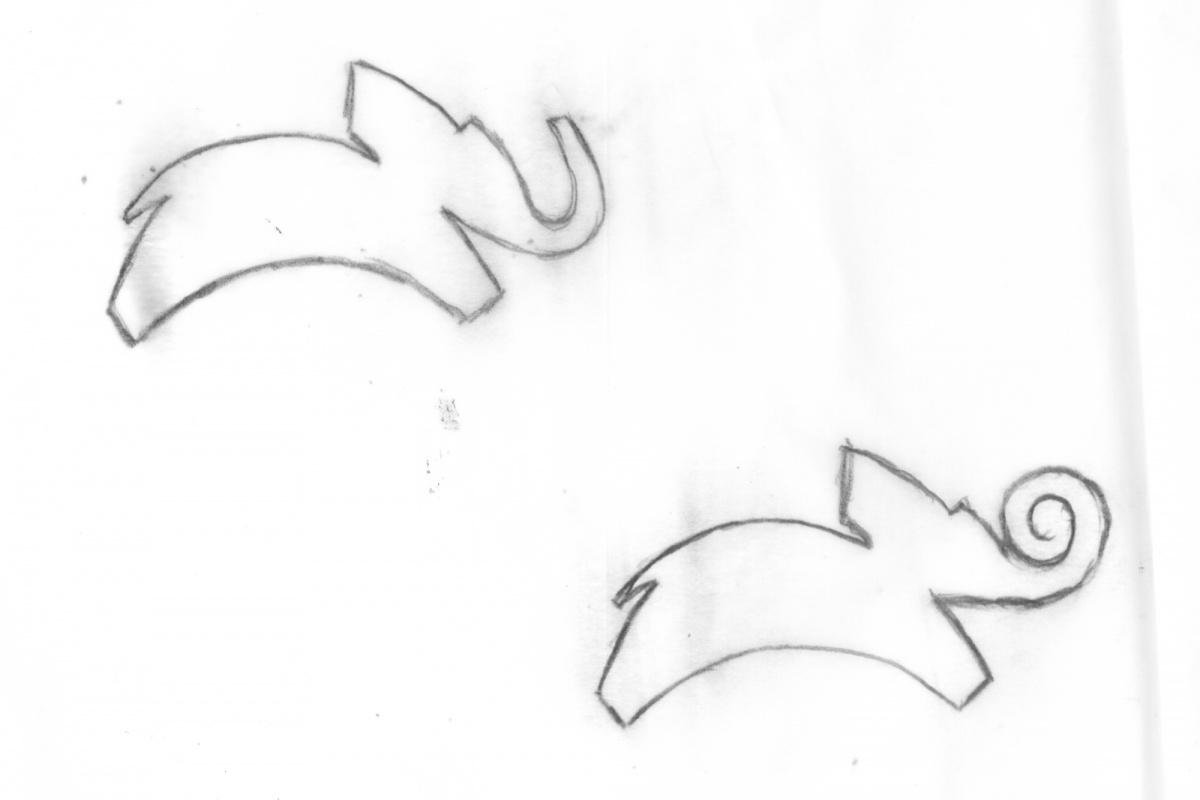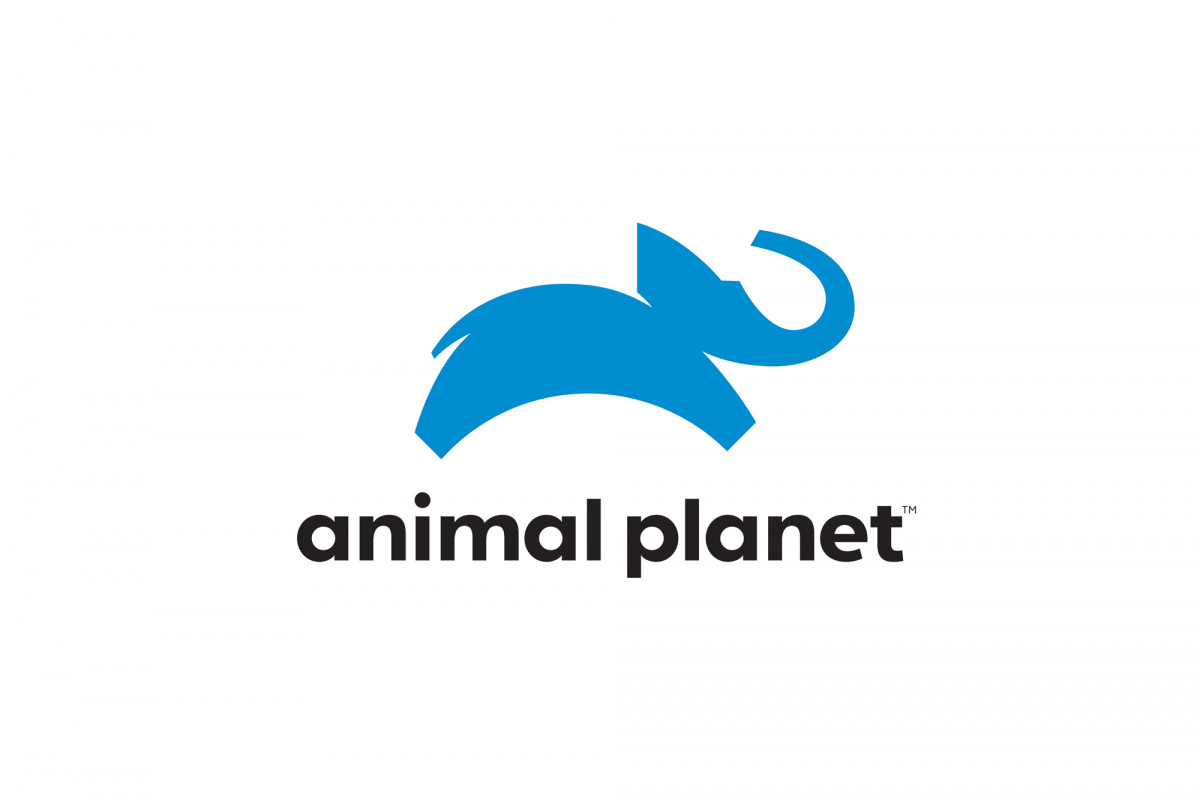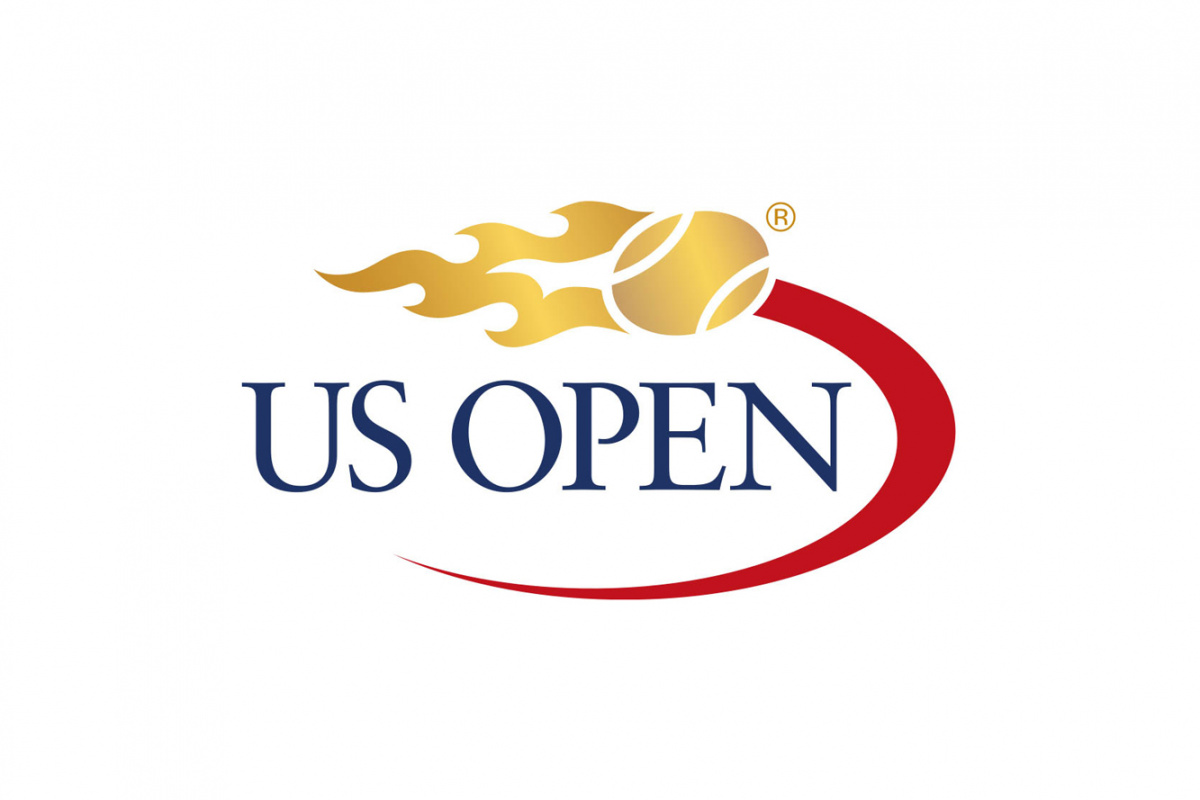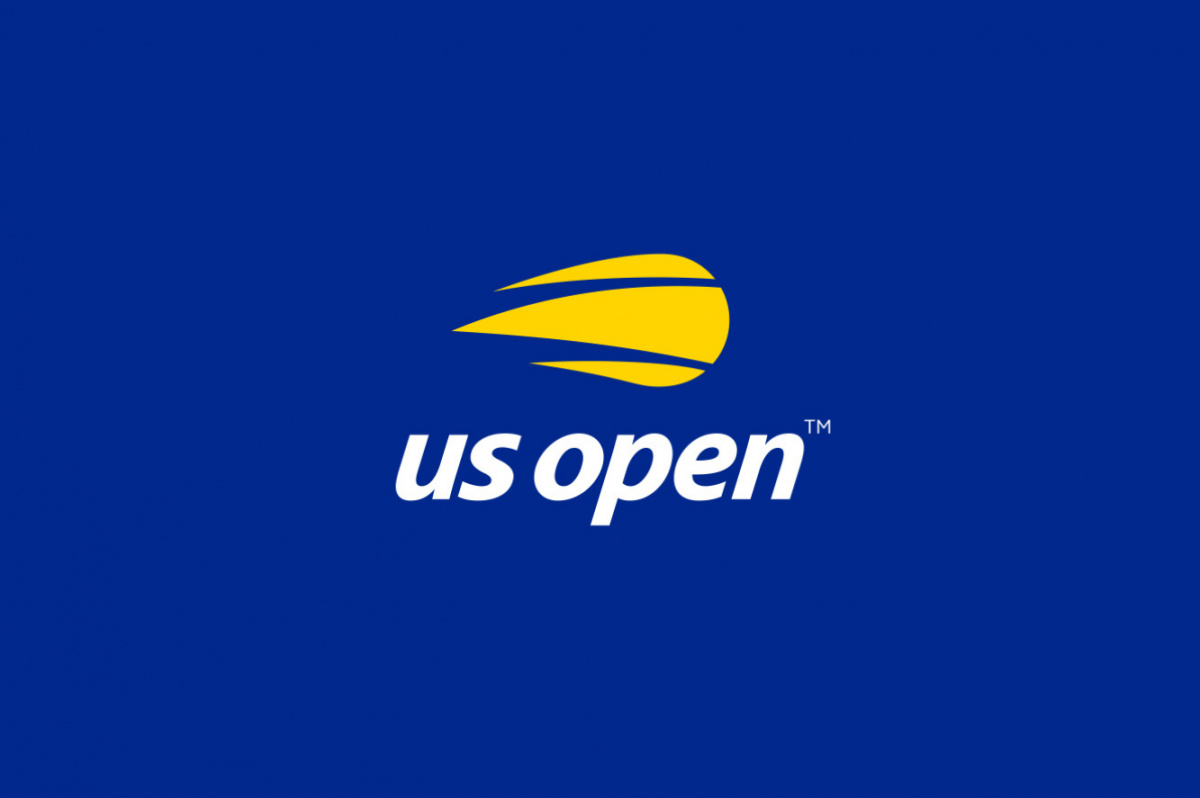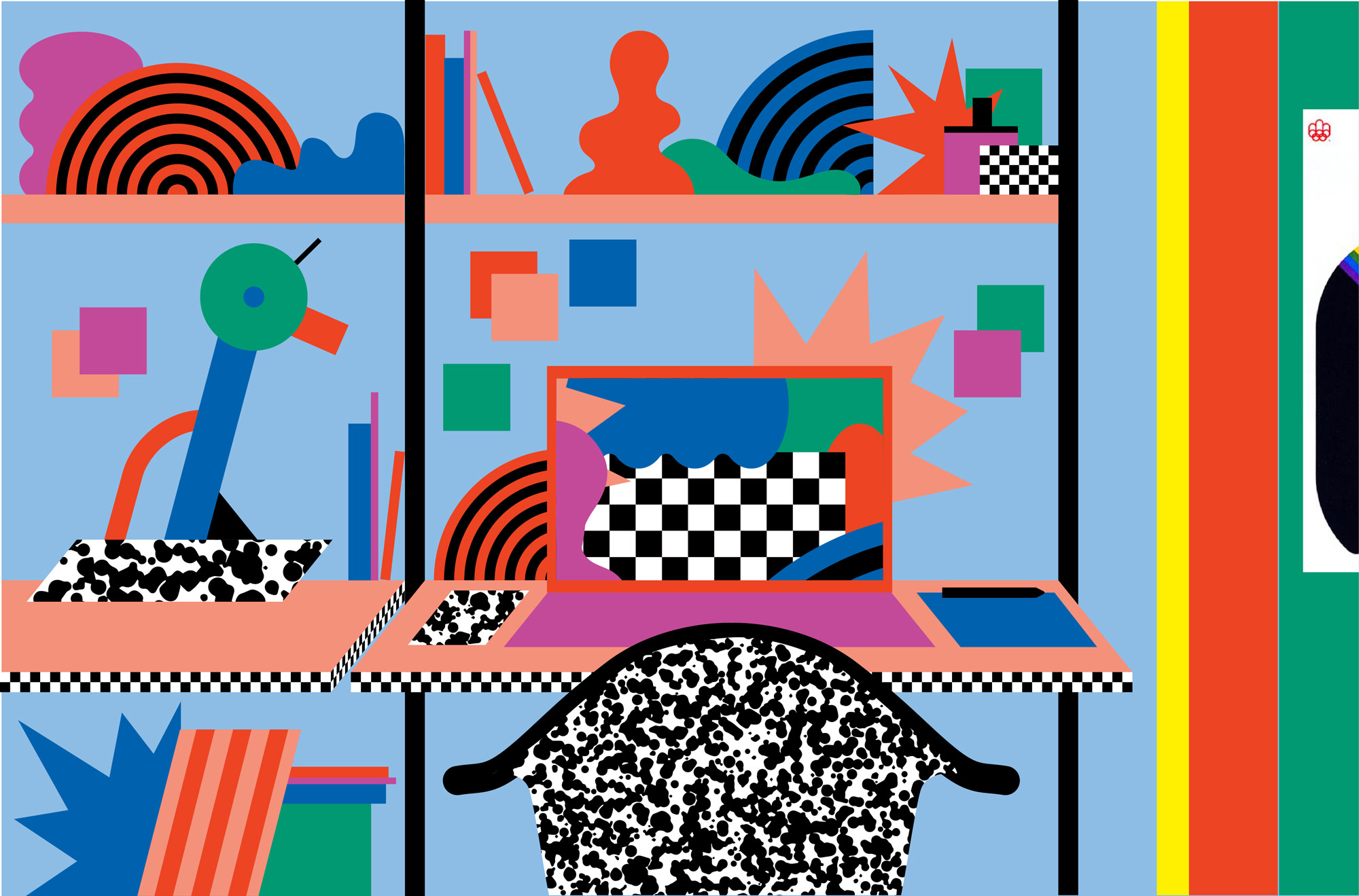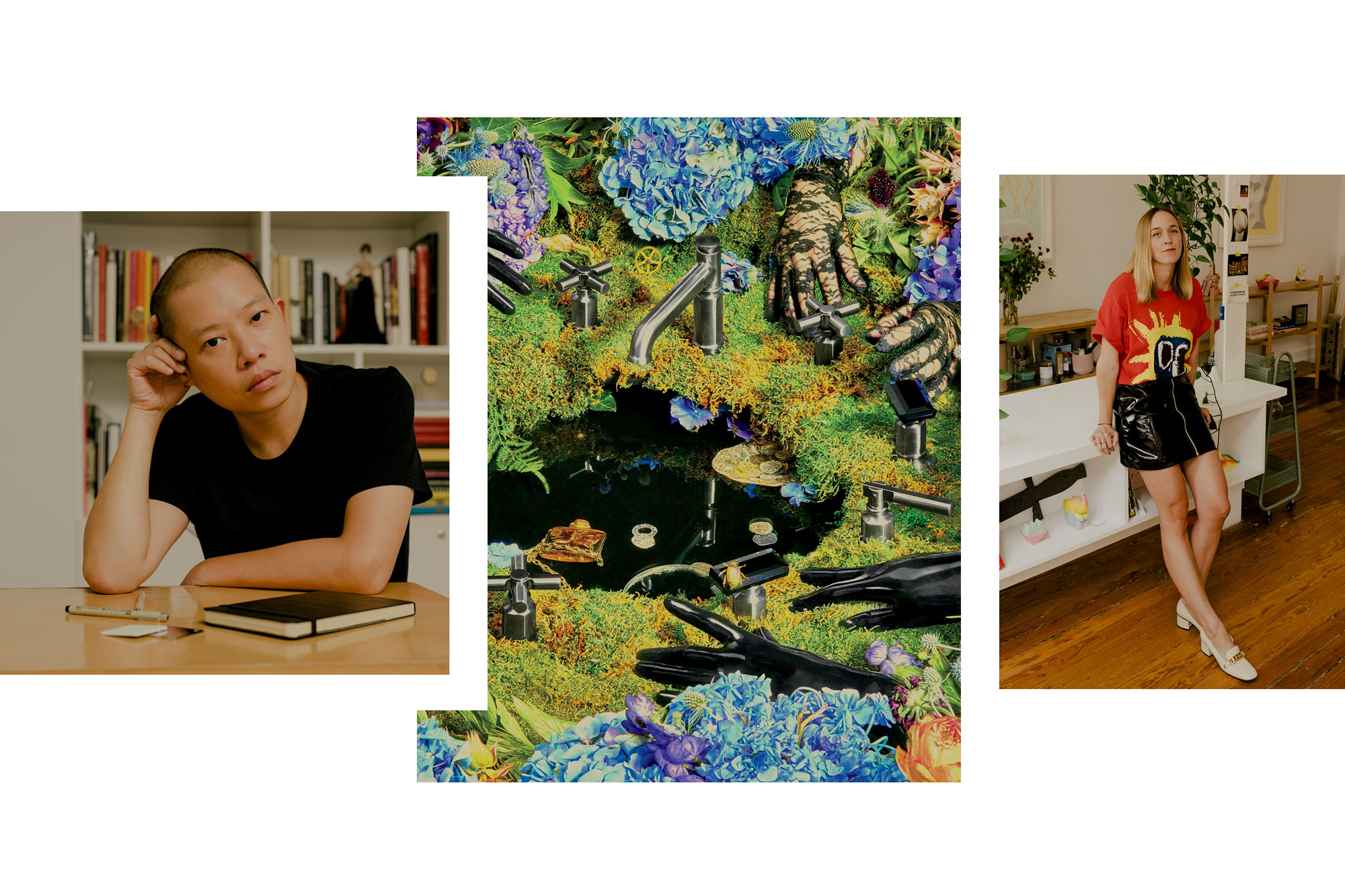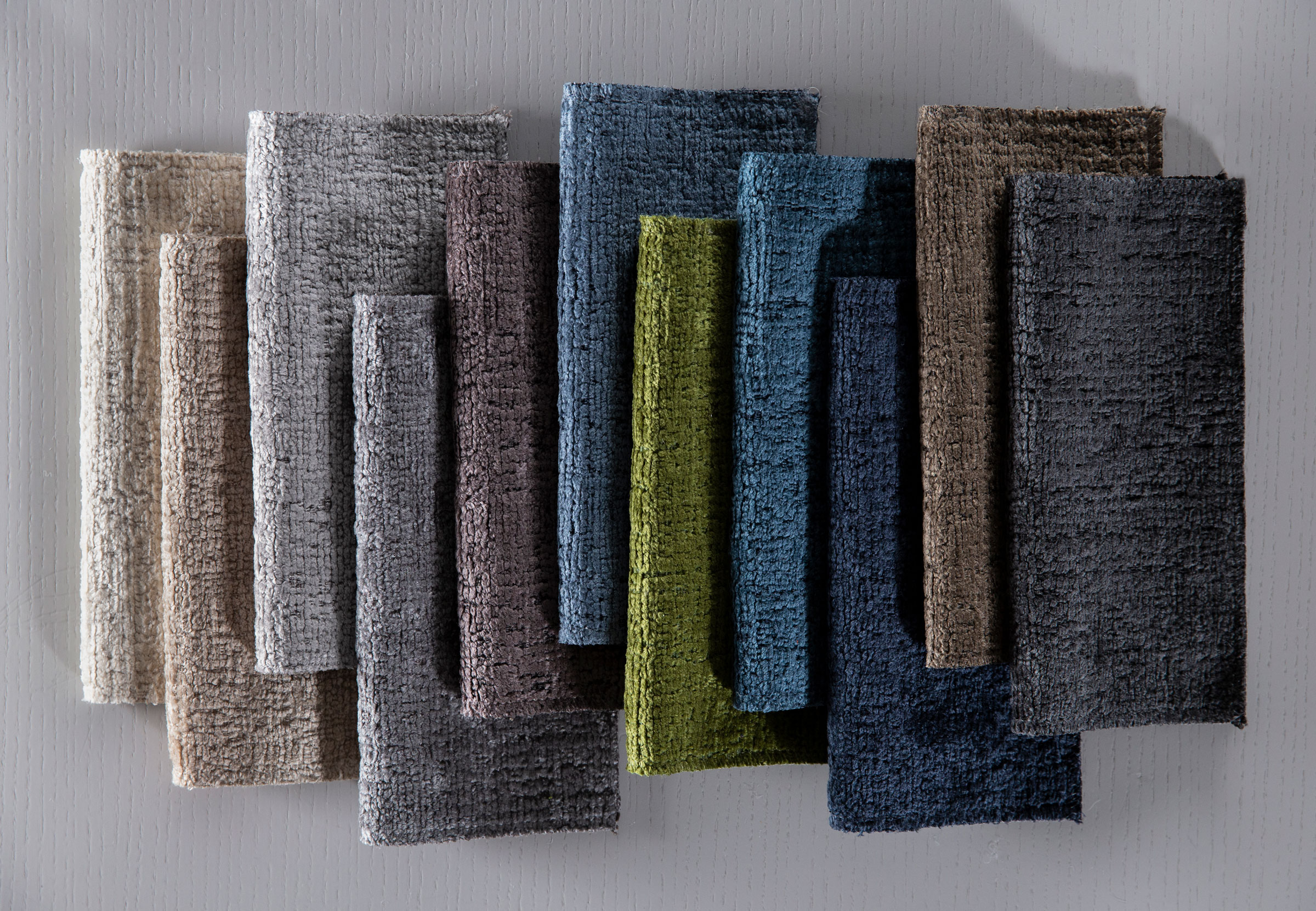The partner and designer at Chermayeff & Geismar & Haviv shares his lessons learned, having designed more than 60 identity programs, from the US Open Tennis Championships to Harvard University Press and more.
Manage expectations.
“A logo cannot say very much about your company. In fact, it can say very little because it has to be simple to work and function well.”
Initial reactions are meaningless.
“People have more of an immediate exposure to these new logos and everybody has a platform to voice their meaningless initial reactions, but usually it goes away. Airbnb had a huge backlash and all it did at the end of the day was make their logo famous very quickly.”
RELATED | Beyond Stunts with Stefan Sagmeister
Think long-term.
Consider Chase Bank. What’s now an iconic blue octagon was met with confusion when designed in the 1960s. It was arbitrary, but they believed it had the visual properties that could over time make it memorable. “We try to solve the problem for the client and put in place something that can stand the test of time.”
Logos should be the last to change.
“The whole point of a logo is that it should be around for a long time.” When Gap changed its logo in 2010, the public was outraged. “They didn’t need to change their logo,” Sagi says. “Change your marketing, change your storefront design, change your window displays, change everything you need to change before you change the logo.”
- The evolution of the Animal Planet mark.
- Final Animal Planet logo.
Sketch, sketch, sketch.
“Oftentimes there are thousands of sketches leading to a single design. The idea is to exhaust all possibilities.” The reveal of the designs is crucial, with no room for ego. “The Animal Planet mark started with one of our young designers who came into my office one day with a sketch of a leaping elephant.”
Get the right clients.
“Not every client is for you. If you compromise your work, you will continue to attract the wrong clients.”
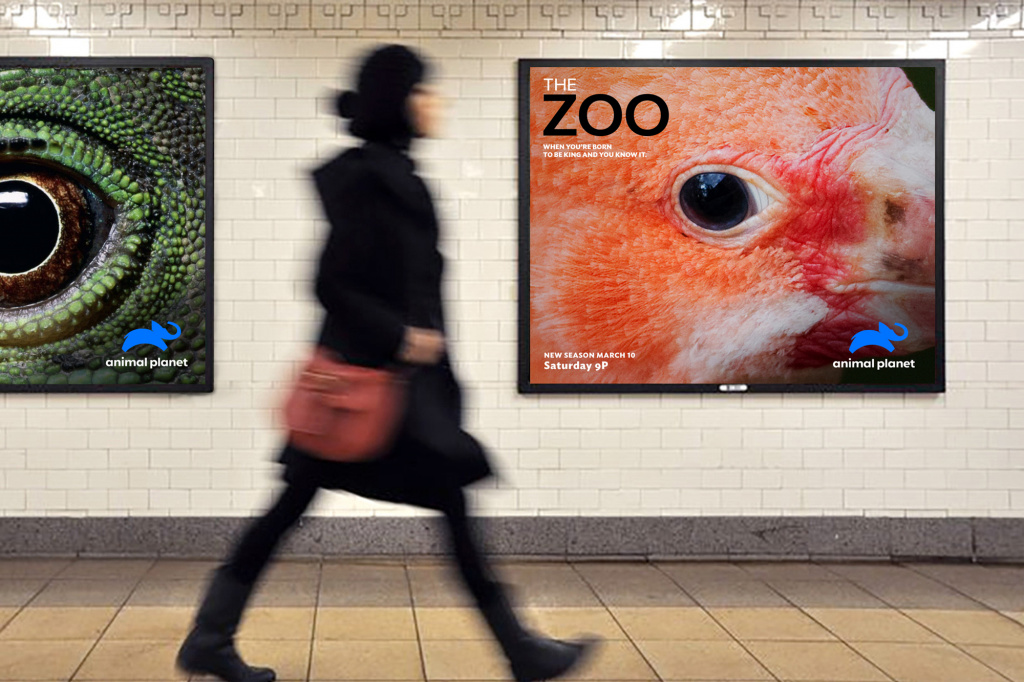
Make a case for what you believe in.
The firm sifted through a ton of feedback when working with Animal Planet, with directives like “no blue” and “no elephant.” The winning design? A blue elephant. “We were shocked they gravitated toward a concept that defied a major piece of their input. We did show options that were green and that were not the elephant, but one of their major pieces of input was that they were looking for joy, energy, and exuberance—that was captured by that fantastic image of the leaping elephant. Ultimately they knew what they were looking for; there was just a lot of other input we were brave enough to ignore.”
Collaborate.
“We work as one team. We find that’s the best way to make the work better quickly. We all have great ideas, but we all also have some not so great ideas. It’s the most amazing thing when an equal walks into my office and sees something I’m sketching and says, ‘Did you try this upside down?’ and I try it and suddenly it’s better. Oftentimes we argue and even storm out of rooms because we’re very passionate.”
- Old US Open logo.
- New US Open logo.
Figure out where you want to be.
“Once you have a foot in the door you have the opportunity to prove yourself. If that means you have to start working for free, I did that because that’s where I wanted to be … I lived and breathed the place and I didn’t care what I was getting in return. Some people might say, ‘You should know your value and you should be compensated fairly for your efforts.’ Yes, but if you have a bigger end goal in mind, it’s OK to make compromises on the way if you know where you’re going.”
Be a sponge.
“We’re trying to define the problem together with the client. Oftentimes the problem is not what the client thinks it is or what the client described to us initially.”
Ask the right questions.
Sagi always asks client one thing—if there was one idea they could instill into a simple logo, what would it be? “That forces people to really think about what it is they want to imbue into their identity.”
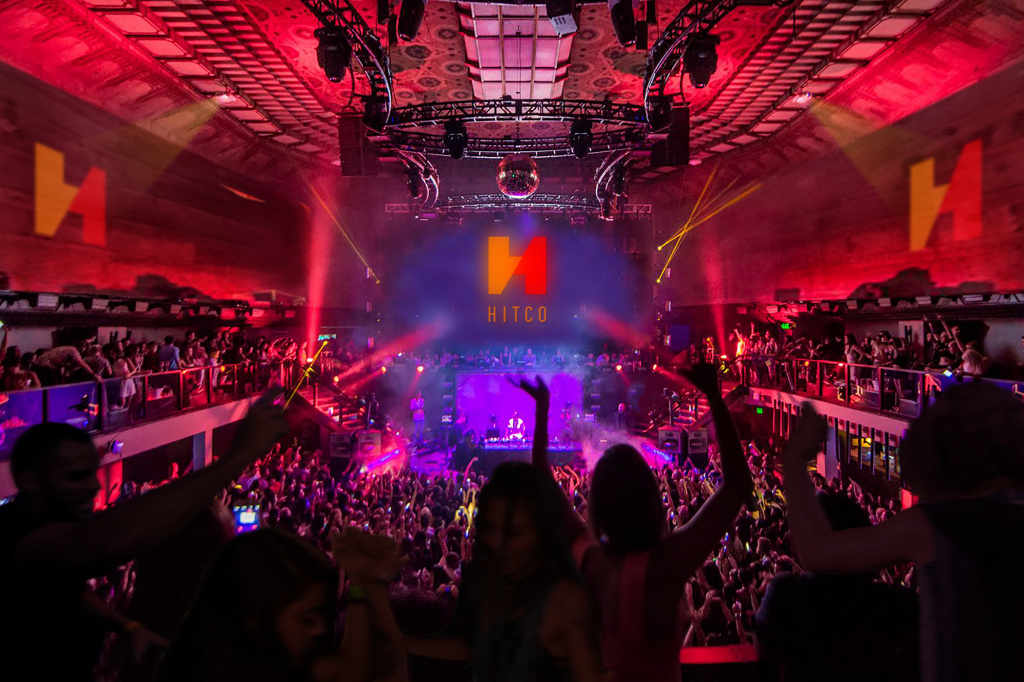
Consider the introduction.
“The University of New Hampshire realized they needed to think hard about how they introduced the new identity.” During a popular hockey game, the school threw out thousands of shirts with the new logo to create excitement. The mascot wore the new logo, and prominent alumni and current students were there embracing it. The event was videotaped and released the next day. “Excitement is contagious if it’s done right,” Sagi says.
Say no when needed.
“If there is the risk that the client wants to go in a direction we don’t think is good for them or for the project, we are not shy about speaking out. I have to say, it’s easier to push back on a client when you have all these years behind you … It’s much harder to say no to a client when you’re just starting, but I think people should try it. Sometimes it works and you’ll get a lot of respect.”
Images courtesy of Chermayeff & Geismar & Haviv.
This article originally appeared in the Spring/Summer 2019 issue of Sixtysix with the headline “Sagi Haviv.” Subscribe today.

